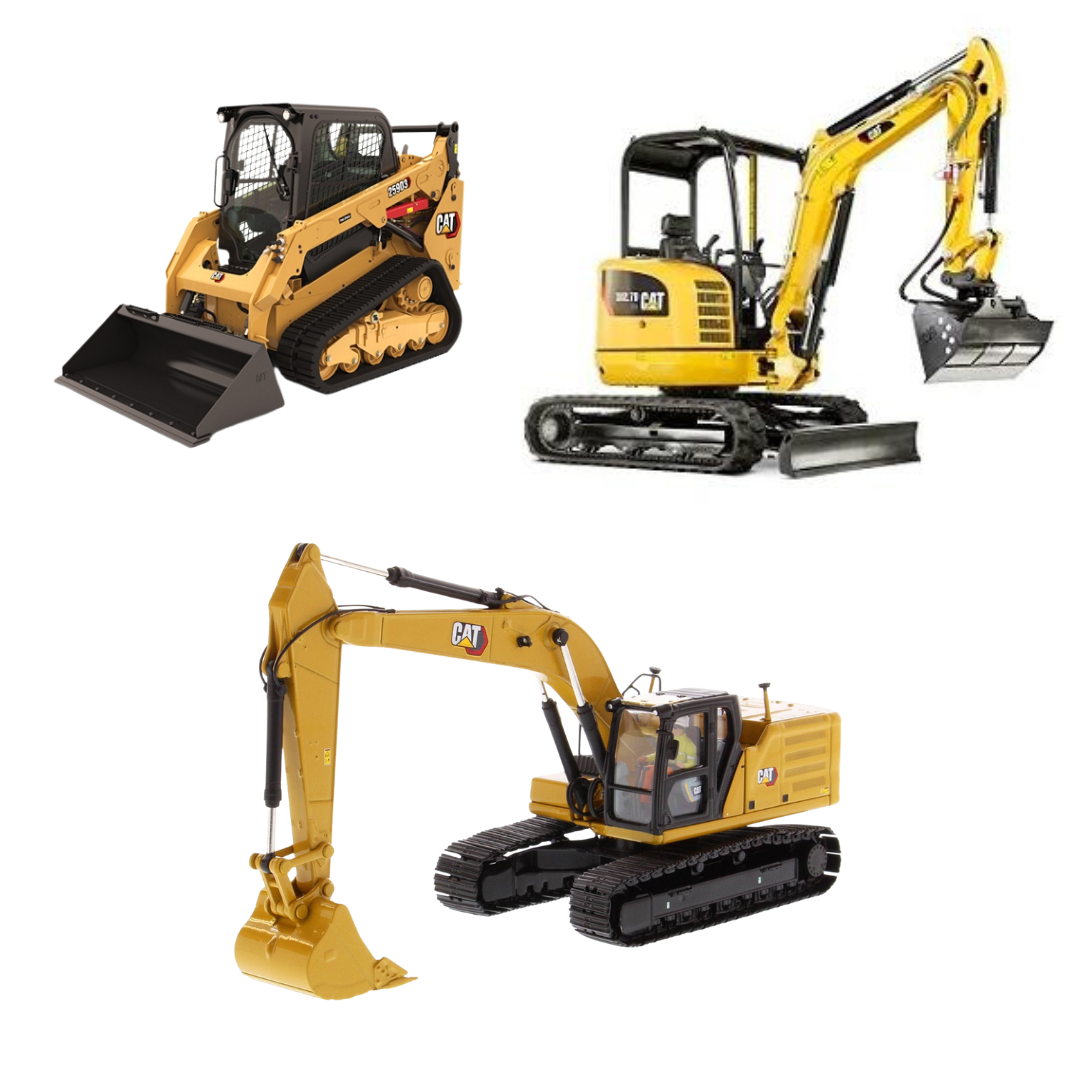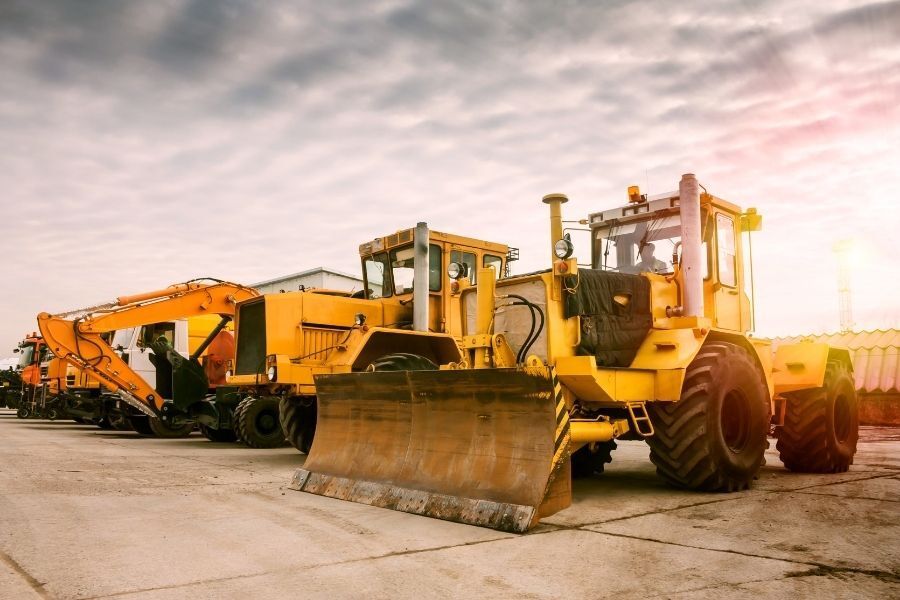Construction Equipment Rentals: Strong Equipment for Your Tasks
Construction Equipment Rentals: Strong Equipment for Your Tasks
Blog Article
Maximize Your Spending Plan by Understanding the Costs Related To Building Devices Leasings
Understanding the full range of prices associated with building tools rentals is important for optimizing your budget. What techniques can be utilized to properly take care of these costs and guarantee a much more reliable rental experience?
Summary of Rental Prices
When thinking about construction tools rentals, recognizing the associated prices is critical for reliable budgeting and project preparation. Rental costs can differ considerably based upon numerous aspects, including devices kind, duration of leasing, and area. The initial rental cost frequently shows the tools's market demand and its connected functional capabilities, affecting the total expense.
In enhancement to the base rental price, secondary costs may develop, such as transport fees, fuel additional charges, and upkeep charges. It is important to make up these additional costs to properly analyze the total expense of leasing tools. Furthermore, the rental period can affect prices; longer services might receive discounted rates, while short-term leasings could sustain greater daily charges.

Failure of Rental Prices
A detailed understanding of rental rates is vital for professionals and project managers intending to enhance their budget plans. Rental rates for construction tools commonly are composed of a number of components, including base prices, time-based fees, and usage charges.
Base rates are the core costs related to the leasing of the equipment, often determined by the kind and size of the equipment. These prices can vary significantly, affected by elements such as tools need, availability, and local market patterns. Time-based charges, which might be daily, weekly, or monthly, serve to suit different task timelines and rental periods.
Additionally, rental prices may consist of usage costs, which are suitable when equipment is made use of beyond a defined threshold, making certain that the rental business can make up deterioration. Seasonal need changes can additionally impact rental prices, with peak building periods generally regulating higher costs.
Moreover, comprehending the rental company's policies pertaining to maintenance and insurance policy can provide additional understanding into the total cost structure. By assessing these components, specialists can make informed decisions, making certain the selection of rental devices lines up with both task requirements and budget plan restraints.
Added Fees to Consider
Understanding the complexities of extra charges is vital for service providers to handle their total rental expenses efficiently. Past the common rental rates, numerous auxiliary fees can considerably impact the overall expense of devices leasing. These fees typically consist of delivery and pickup fees, which can vary based upon range and logistics associated with carrying the devices to and from the job website.
Moreover, some rental firms may impose gas surcharges if the equipment is returned with less gas than when leased. It is likewise vital to recognize prospective cleaning costs, heavy duty jack rental specifically for specific equipment that requires detailed upkeep after use.

Extensively examining the rental agreement and making clear these additional costs in advance can help specialists avoid unanticipated expenses and make certain that budget plans remain intact throughout the task lifecycle.
Repair And Maintenance Expenses
Routine upkeep and repair costs are frequently forgotten elements that can considerably influence the overall expense of construction devices services. When renting out equipment, it is essential to take into consideration not only the rental charges yet also the potential expenses related to keeping the machinery in optimal operating condition.
Many rental business include standard upkeep as part of the rental agreement; nonetheless, extra unforeseen malfunctions or substantial repair services can lead to extra costs. It's necessary to review the rental agreement very carefully to understand what maintenance services are covered and what responsibilities drop on the renter.
Additionally, tools that is not well-kept can bring about inefficiencies on the task website, possibly increasing and creating hold-ups task costs. To alleviate these threats, it is recommended to conduct regular assessments and maintain open communication with the rental service provider concerning any issues that emerge throughout usage.
Insurance and Obligation Prices
Insurance policy and liability costs are important components that can substantially affect the general Visit This Link expenditure of building devices leasings (boom lift rental). These costs make certain that both the rental business and the client are secured from prospective monetary losses developing from crashes, damages, or theft during the rental period

In addition, clients must recognize any type of deductibles or exemptions in the insurance plan, as these can influence potential out-of-pocket costs. Understanding the conditions of any type of insurance policy coverage is essential to avoid unforeseen prices. Inevitably, budgeting for insurance coverage and responsibility expenses can assist make sure a smoother rental experience and protect against economic risks associated with building tasks.
Verdict
In final thought, a detailed understanding of the expenses associated with construction equipment services is necessary for effective budget management. Inevitably, notified decision-making concerning equipment services adds to the total success of building and construction ventures.
Rental costs can differ substantially based on several factors, including equipment kind, duration of service, and place (equipment rental company). The rental duration can influence rates; longer leasings might qualify for affordable rates, while temporary leasings may incur greater daily costs
By conducting detailed research study and involving with credible rental companies, service providers can successfully browse the complexities of rental rates, ultimately maximizing their economic resources.
Past the basic rental prices, different auxiliary fees can dramatically affect the complete cost of devices rental. Rental business often Read Full Report supply responsibility insurance coverage that covers injuries to 3rd parties or damage to home, while equipment damage insurance coverage can cover the price of repairs or replacement if the leased tools is harmed.
Report this page